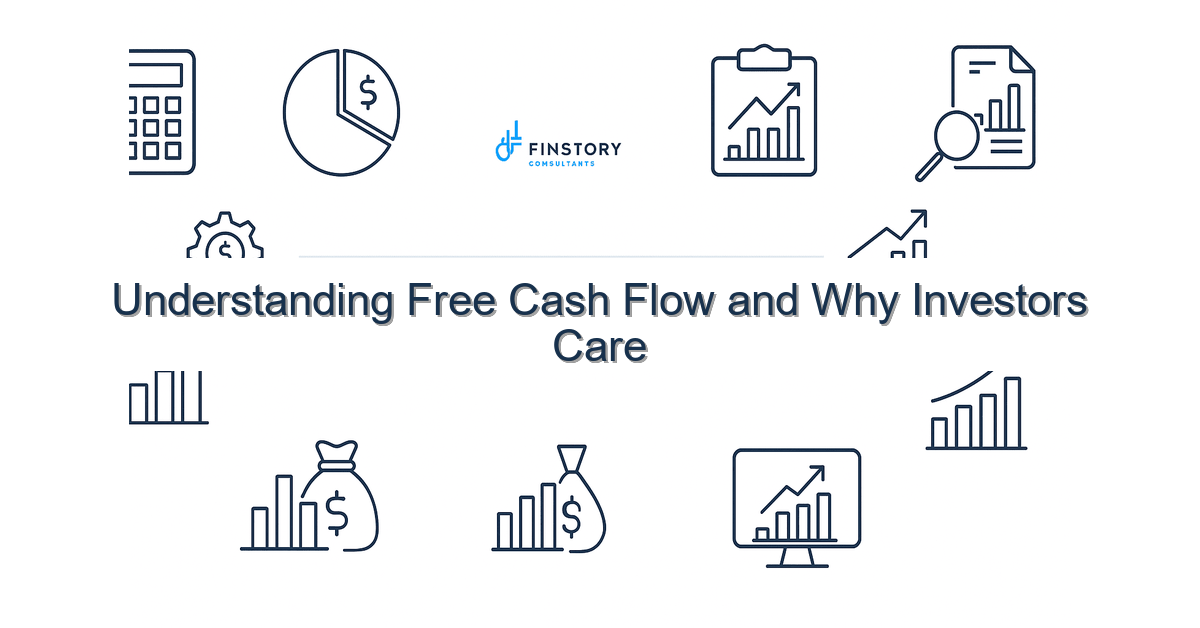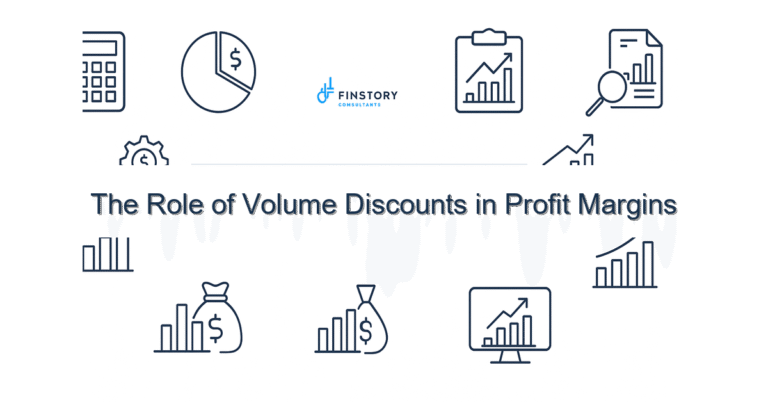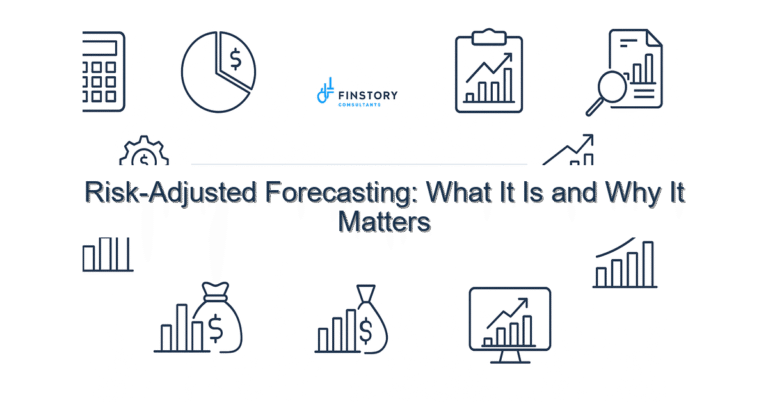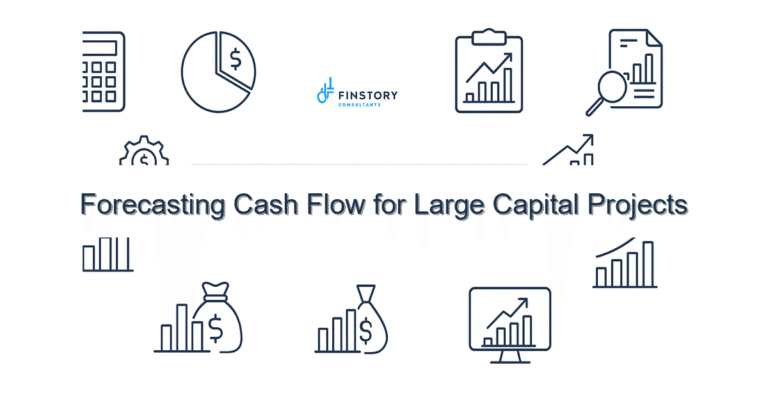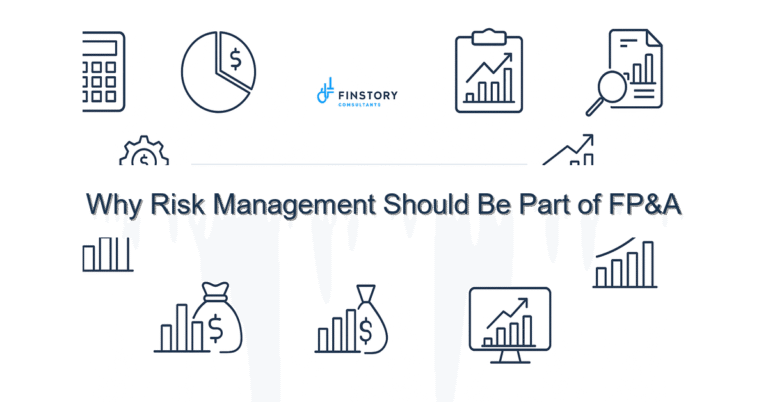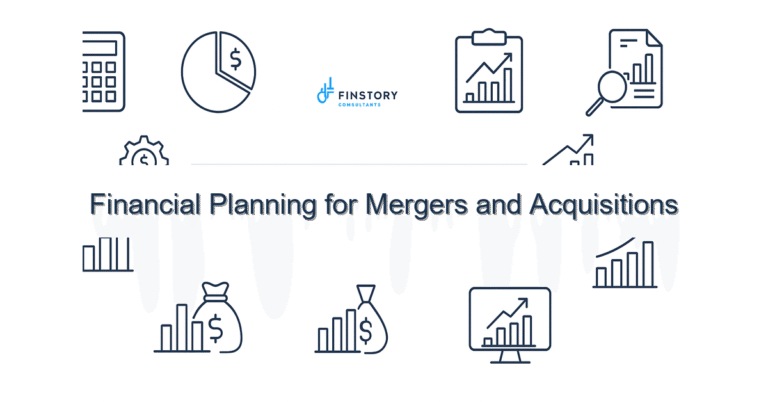Understanding Free Cash Flow and Why Investors Care
You’re managing budgets, margins, and patient care without a minute to spare. Free cash flow (FCF) can feel abstract—yet it’s often the single clearest signal of whether the business can invest in growth or survive a downturn.
Summary: Free cash flow shows the real money your organization generates after investing in operations and capital. Track it well, and you can make clearer choices about hiring, equipment, and strategic partnerships; ignore it, and you risk surprise cuts, missed investments, or a weakened negotiating position with investors and lenders.
What’s the real problem?
Many healthcare operations leaders focus on revenue and operating margin—and they should—but those metrics don’t tell the whole story. Free cash flow translates accounting performance into actionable funds available for strategy.
- Symptom: Monthly profits, but recurring short-term cash shortfalls that force late vendor payments.
- Symptom: Capital approvals that stall because finance can’t confidently say how much cash is available.
- Symptom: Leadership debates on growth vs. debt repayment without a single source of truth about cash impact.
- Symptom: Investors or board members ask for a credible cash story and you scramble to reconcile different reports.
What leaders get wrong
Executives often assume profit equals cash. They treat EBITDA as a proxy for freedom to invest. That misses working capital swings, timing of receivables and payables, and capital expenditures that materially change available cash.
Others build cash forecasts in spreadsheets that become islands: one for payroll, one for capex, another for AR. The result is competing numbers and slow decisions.
Finally, some leaders treat FCF as a quarterly investor metric rather than a day-to-day operational tool. That keeps it out of the decisions that move the needle.
A better approach
Make free cash flow a living metric—connected to operations, trusted by finance, and used by leaders to prioritize actions. Here’s a simple framework you can adopt.
- Step 1: Define FCF for your organization (Operating cash flow minus capex, adjusted for non-recurring items). Make it consistent across reporting and planning.
- Step 2: Build a rolling 13-week cash forecast that links to AR days, AP timing, and scheduled capex. Update it weekly, not monthly.
- Step 3: Assign ownership. Operations owns working capital drivers (scheduling, billing timing), finance owns consolidation and variance tracking.
- Step 4: Create decision rules. For example: projects only approved if forecasted FCF remains positive for 6 months post-launch.
- Step 5: Report FCF in leadership meetings with one-page visual—trend, drivers, and action items.
Real-world note: A mid-sized regional hospital we worked with linked its weekly scheduling and billing dashboards to the cash forecast. Within six months they improved FCF by $3M and reduced monthly cash burn by 22%, freeing funds for a needed radiology upgrade without external financing.
Quick implementation checklist
- Create a single definition of FCF and document it in the finance playbook.
- Stand up a rolling 13-week cash model and update it every Friday.
- Identify top three working capital levers (AR days, inventory, AP timing) and owners.
- Tag all capital requests with estimated one-year FCF impact and payback.
- Automate key feeds: AR aging, payroll runs, and recurring vendor payments.
- Publish a one-page FCF dashboard for leadership with trend and top 3 drivers.
- Run a monthly drill-down meeting: variances >5% get action plans.
- Train ops and clinical leaders on how their decisions affect FCF (scheduling, vendor choices).
What success looks like
- Forecast accuracy: cash forecast variance under ±5% for the 13-week horizon.
- Cycle time: weekly cash close and dashboard published within 48 hours of week-end.
- Working capital improvement: AR days reduced by 10% and inventory turns up 8%.
- Cash runway: minimum 6 months of positive forecasted FCF for continuity planning.
- ROI: capital projects approved based on FCF impact and meeting payback targets (example: 12–18 months).
- Stakeholder confidence: fewer ad-hoc funding requests and faster board approvals.
Risks & how to manage them
- Risk: Overly optimistic assumptions (e.g., AR collections). Mitigation: Use conservative scenarios and require backup actions for downside cases.
- Risk: Siloed data and spreadsheet errors. Mitigation: Centralize data feeds and automate reconciliations; add version control and a single source of truth.
- Risk: Change resistance from clinical or ops teams. Mitigation: Tie FCF impacts to things they care about—staffing stability, equipment availability—and involve them in setting targets.
Tools & data
Practical tools make this doable fast. Finance automation platforms reduce manual reconciliations; a Power BI or Tableau dashboard provides the leadership view; and integrated AR/AP feeds keep the rolling forecast honest.
Combine automation for transactions with simple leadership reporting: one visual for trend, one for drivers, and one for actions. Make sure the numbers feed your FP&A models and the weekly cash process.
Next steps
If you want to start this month, pick one business unit, implement the 13-week forecast, and report FCF in your next leadership meeting. Measure the variance and adjust the playbook.
Interested in a tailored approach? Contact Finstory for a pragmatic kickoff: we’ll help you define FCF, stand up the model, and embed it in leadership rhythms so it actually gets used.
Work with Finstory. If you want this done right—tailored to your operations—we’ll map the process, stand up the dashboards, and train your team. Let’s talk about your goals.
📞 Ready to take the next step?
Book a 20-min call with our experts and see how we can help your team move faster.
Prefer email or phone? Write to info@finstory.net
or call +91 44-45811170.
